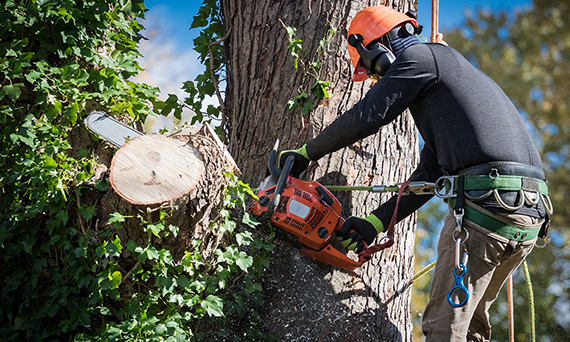All Categories
Featured
The elimination of trees can create open spaces that are at risk to weed intrusion. When trees exist, their dense covers typically color the ground, limiting the amount of sunshine that gets to the soil. After the removal of trees, these open locations get increased sunshine, providing suitable problems for weed growth.

They may advise the usage of compost, which acts as a protective barrier on the dirt surface, preventing weed seeds from germinating and suppressing weed development.

The visibility of trees promotes a rich and diverse area of dirt microorganisms. Tree roots give a resource of organic matter, exudates, and nutrients that support the development and activity of beneficial dirt microbes. However, when trees are removed, the absence of their roots can interfere with the delicate balance of the dirt's microbial environment.
How Much Does It Cost To Hire A Wollongong City Council Tree Removal?
This change in pH can influence nutrition accessibility, microbial task, and general dirt health and wellness. To resolve the effects of tree reducing on dirt pH, tree removal professionals can give important recommendations. They might suggest soil screening to assess the existing pH degrees and determine the needed adjustments. Based on the outcomes, specialists can suggest pH adjustment techniques, such as including lime to elevate dirt pH or incorporating elemental sulfur to reduce it.

It describes the compression of soil bits, causing lowered pore space and increased dirt thickness. This compaction can adversely affect the soil's capability to function optimally, influencing its water-holding capacity, nutrient availability, and root infiltration. Proper strategies employed by tree removal specialists can help minimize compaction and maintain the dirt's ability to retain water, and enable ample air flow and cautious equipment handling.
Latest Posts
What Is The Best Palm Tree Removal Wollongong App?
Who Has The Best Arborist Wollongong?
How Do I Find A Tree Removal Wollongong Area Service?